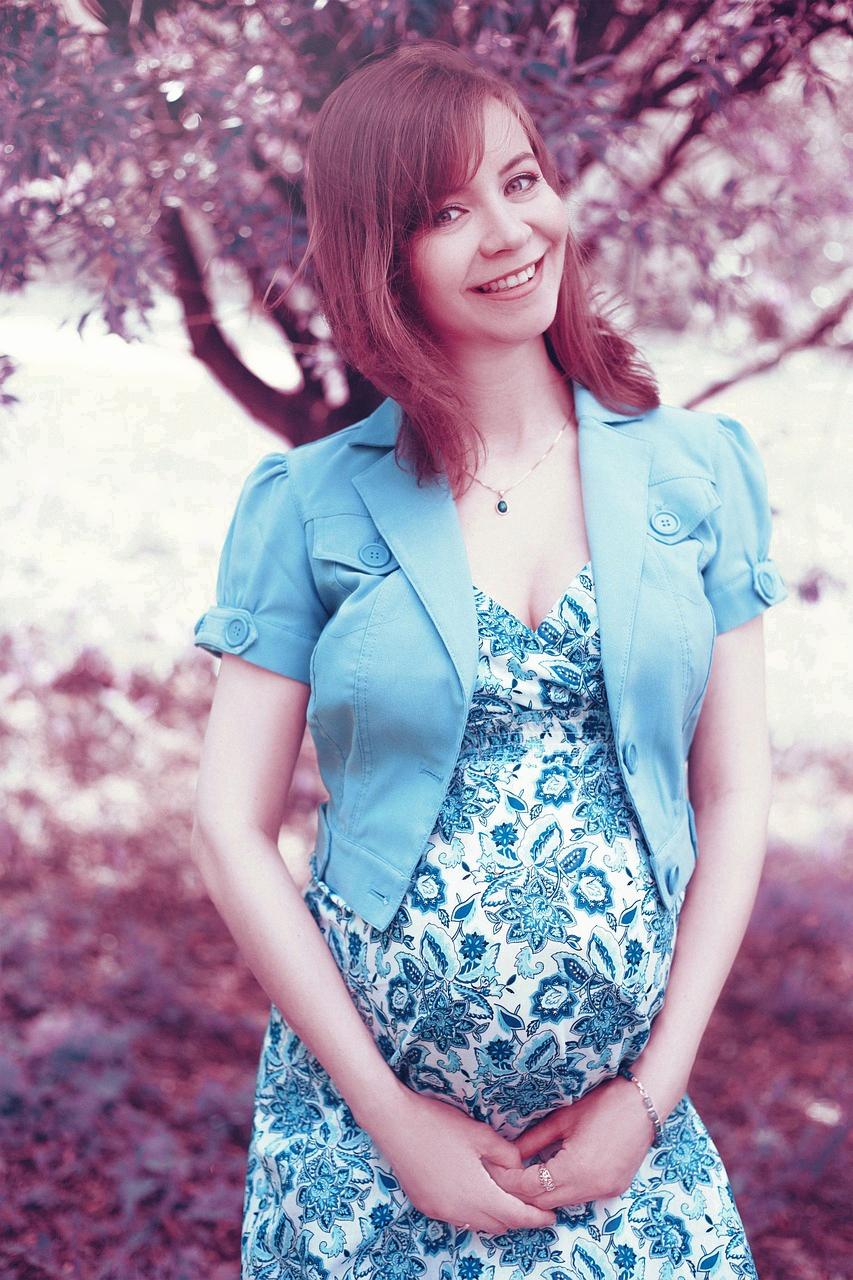It’s essential to recognize that cracked nipples during pregnancy can be a common concern for many expecting mothers. Hormonal shifts play a significant role in this, as the fluctuations in estrogen and progesterone levels can lead to tender, sore, and dry nipples. These changes can make the nipples more susceptible to cracking and discomfort.
Proper Hydration and Moisturization
One effective way to address cracked nipples during pregnancy is to ensure proper hydration and moisturization. Staying well-hydrated can help keep the skin around the nipples supple and less prone to dryness. Using a gentle, fragrance-free moisturizer specifically formulated for sensitive skin can also provide relief and promote healing.
Choose the Right Nursing Bra
Opting for a well-fitted and supportive nursing bra can make a significant difference in preventing further irritation and promoting healing of cracked nipples. Look for a bra made from soft, breathable materials that offer ample support without causing additional pressure on the nipples.
Practice Proper Latch and Positioning
When breastfeeding, ensuring a proper latch and positioning can help reduce the likelihood of further nipple trauma. Seek guidance from a lactation consultant or healthcare provider to learn the correct techniques that can minimize friction and pressure on the nipples during nursing sessions.
Apply Lanolin Cream
Lanolin cream, a natural substance derived from sheep’s wool, can be beneficial in soothing and healing cracked nipples. It acts as a protective barrier while providing moisture to the skin, aiding in the repair of damaged tissue. Be sure to choose a pure, medical-grade lanolin cream for optimal results.
Use Warm Compresses
Applying warm compresses to the affected nipples can help alleviate discomfort and promote healing. The gentle warmth can increase blood flow to the area, aiding in the repair of cracked skin. Ensure the compress is not too hot to prevent further irritation.
Practice Gentle Care
Avoid using harsh soaps or detergents on the nipples, as these can strip the skin of its natural oils and exacerbate dryness. Opt for mild, unscented cleansers when washing the area and pat dry gently to prevent additional irritation.
Consider Nipple Shields
In cases where cracked nipples persist despite other measures, nipple shields can be a helpful temporary solution. These thin silicone covers can protect the nipples during breastfeeding, reducing friction and allowing the skin to heal. Consult with a healthcare provider before using nipple shields.
Seek Support and Guidance
Dealing with cracked nipples during pregnancy can be a challenging and uncomfortable experience. Don’t hesitate to reach out to your healthcare provider or a lactation consultant for support and guidance. They can offer personalized recommendations and strategies to help you navigate this issue effectively.
Monitor for Signs of Infection
It’s crucial to monitor the condition of your cracked nipples closely and watch for any signs of infection, such as increased pain, redness, or discharge. If you suspect an infection, seek medical attention promptly to prevent complications and receive appropriate treatment.
Practice Self-Care and Rest
Remember to prioritize self-care and rest during this challenging time. Taking breaks, practicing relaxation techniques, and ensuring adequate rest can support your overall well-being and aid in the healing process of your cracked nipples. Don’t hesitate to ask for help from loved ones when needed.
Stay Positive and Patient
Healing cracked nipples during pregnancy is a gradual process that requires patience and perseverance. Stay positive, focus on self-care, and trust that with time and proper care, your nipples will heal. Remember that you are not alone in facing this challenge, and support is available to help you through it.

